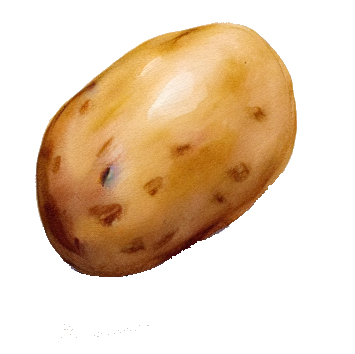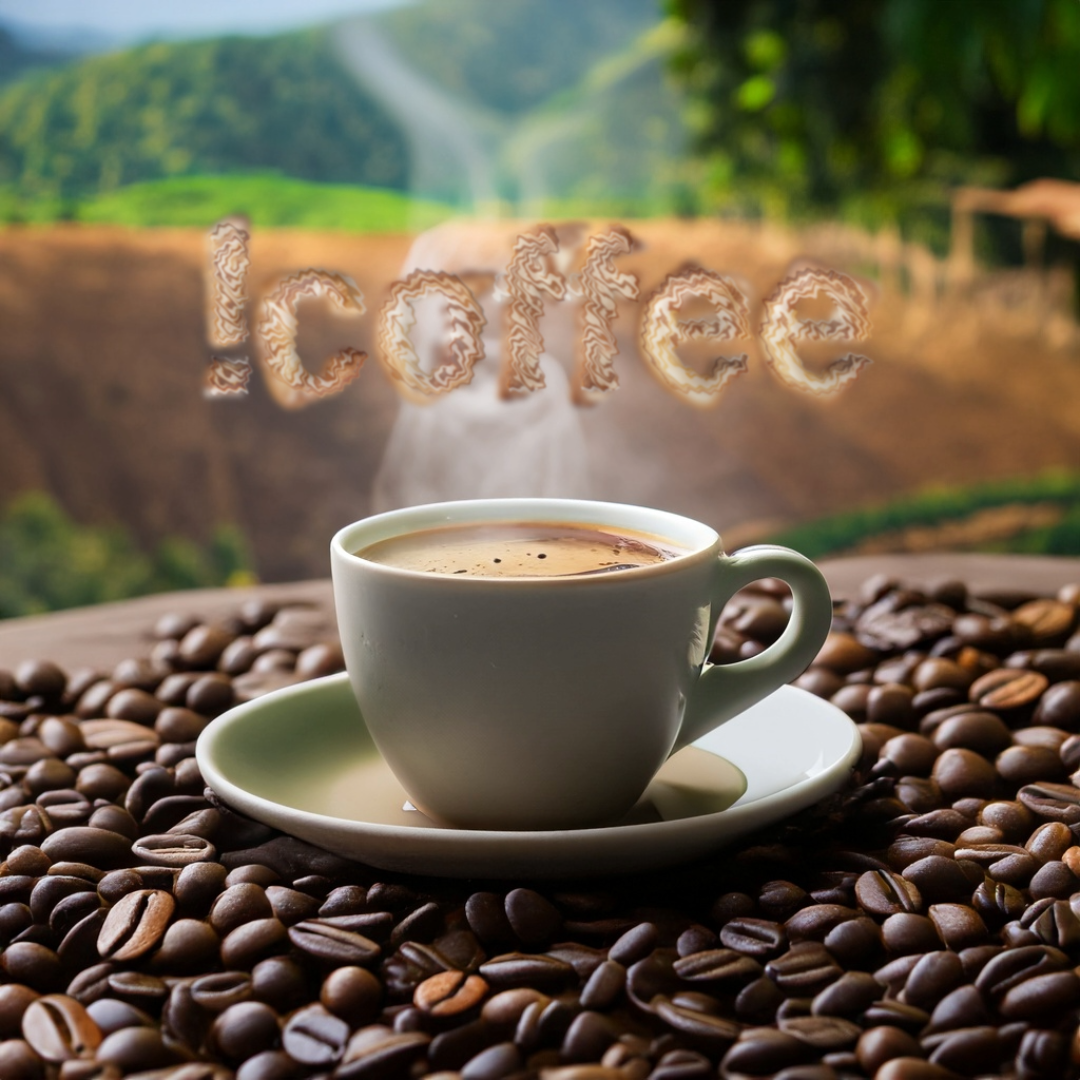I’m a coffee newb - bought an Aeropress and a Rhino hand grinder, and I’ve sort of flailed around changing things randomly and ended up with an enjoyable repeatable cup by sticking to the same beans, grind, water temperature, brew time & method that seems to work for me.
My issue is I’m not really sure about the terms used to describe the basic aspects of coffee taste - eg bitter, sour, acidic, under extracted, over extracted, etc. I feel like if I did understand them, that would give me the skill to try different things (such as a different roast) and adjust the other factors to match them to get something that suits me, or to be able to make a cup of coffee that would suit someone else’s taste.
I’m wondering if you’re able to tell me how to deliberately create these other tastes - I imagine I could comparatively taste them and mentally match the words to the sensations. For example, how can I deliberately create an obviously bitter cup, an over extracted cup etc.
The resources I’ve got for this project are the Aeropress and grinder mentioned, Nespresso machine, a medium and a dark roast, a French Press, and whatever coffee I can get from a supermarket.
Does this sound like a viable plan? If so, what are the tastes I should learn, and how can I create guaranteed and slightly exaggerated versions of them?
Extraction is heavily controlled by amount of water, temperature, grind size, and time.
To get an under extracted brew, you would use more water with a shorter brew time with a course grind at a lower temperature. This should give you something that’s sour, weak, watery, with a thin mouthfeel.
Overextraction would be the opposite. Boiling water in a preheated brewing device, fine grind, less water, steeped for a longer time. This should taste dark, bitter, burnt, strong, with a soupy grimy mouthfeel.
You can make one cup of each at the extremes to taste the difference, and then use that information to tweak your regular brew one variable at a time. Look up the coffee compass to help understand what you’re tasting and which direction to move.
Excellent explanation! Thank you for sharing!
Use less water (should go sour) and see how it tastes and then use more water (go from just right to weak).
Then, start playing with the amount of grinds. Try more and see what happens with the fixed water you like. Then go less.
Then you can play with the grind size. Lol there is a coffee compass image you can search for as well to help see what causes things, but play with the water amount first it’s the easiest.
Water quality is an under appreciated factor in making great coffee. If your water has a taste, then your coffee will be affected.
The terminology can be fun to learn, and it may give you worlds to describe what you’re experiencing. But it’s over rated. It’s a great way to impress other people. But those people aren’t the ones enjoying your cup of coffee. Only you can do that.
What works for me is to develop a consistent process for making coffee and try changing one thing at a time. Use a little more coffee, then a little less. Vary the water temperature. Try different coffees, different grinds, different roasts. Take your own personal enjoyment more seriously than what other people think. Experts are worth listening to, but your personal experience matters more because you’re the one drinking your cup.
Some people have a sensitive palate and notice tiny changes, others don’t. PersonallyI have a tiny little 1/64 teaspoon that’s used in cheese making. I like to experiment by adding a tiny amount of various spices to my coffee.
I know that your question is about tasting basics, and I think the answers here will get you on the right path.
There’s a lot that goes into coffee tasting on the advanced end. Ever wonder who decides that a coffee tastes like “raspberry” and “chocolate”? A few years ago, I found a local roaster that runs barista classes, and I got tickets to their coffee tasting session. It’s really interesting to learn about all the process and procedure that goes in to tasting coffee. They take something as subjective as taste and turn it into (somewhat) objective and quantifiable data. I also learned how coffee beans are graded, and how roasters source their beans.
The official term for this process is “cupping”, so if you’re interested, look in your area for cupping classes. I had a great time!


